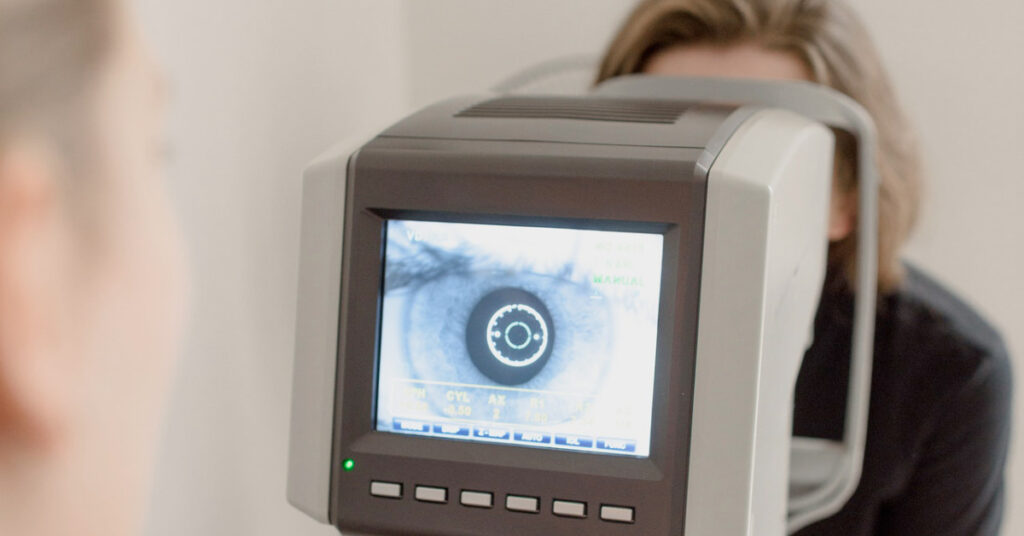The macula is a small area in the central retina that helps to provide color vision for seeing fine detail, driving and reading. When there is a small break in the macula, it is referred to as a macular hole. Macular holes usually develop as a result of the natural aging process and typically occur in people over the age of 60.
Symptoms of a Macular Hole
Macular holes start gradually and the common first symptom is a slight decline in the central (straight-ahead) field of vision. This loss of the central vision usually takes the form of:
- Blurriness
- Distortion (straight lines appearing bent/wavy)
- A small, dark spot in the center of vision
The degree to which a patient’s vision is affected depends on the size, location and stage of the macular hole. As the macular hole grows over weeks/months, the central vision will progressively worsen.
4 Stages of Macular Hole
- Stage I is foveal detachments and is not yet a full-thickness macular hole. Without treatment, about half of Stage I macular holes will progress into full thickness macular holes.
- Stage II is partial-thickness holes. Without treatment, about 70% of Stage II macular holes will progress.
- Stage III is full-thickness holes. During this stage, the vitreous is still attached to the hole.
- Stage IV is when a full-thickness macular hole is completely separated from the vitreous.
When a Stage III macular hole develops, most central and detailed vision is often lost. In some instances, if left untreated, macular holes can also lead to retinal detachment. Read more about retinal detachment >>>
Macular Hole Treatment
Vitrectomy is the most common treatment for macular holes. In this surgical procedure, the vitreous (the clear liquid in the middle of the eye) is removed and replaced with gas or silicone that holds the retina in place as it heals.
After surgery, the patient may be asked to maintain a “face-down” position for 3-7 days. This will allow the bubble to gradually dissolve and be replaced by natural eye fluids.
At the Dallas Retina Center, Dr. Pandya provides the “No Face Down Macular Hole Repair”. Removal of the facedown positioning eases the patient of great discomfort and difficulty during the healing process, as well as improving the overall patient experience. A case study performed by the Mayo Clinic revealed that facedown positioning is not necessary after surgery for idiopathic macular hole closure.
Overall, vitrectomy has a success rate of over 90%, with some patients even regaining some or most of their lost vision.
In cases where the macular hole is small and does not have a large impact on your vision, your doctor may not recommend any treatment at all. In this case, it’s important to have routine follow-up eye examinations by your eye doctor to catch and treat any problems early. Reach out today to schedule an eye appointment to monitor your retina health. Dr. Pandya services the Dallas Fort Worth community with offices in both Plano and Waxahachie, Texas.

